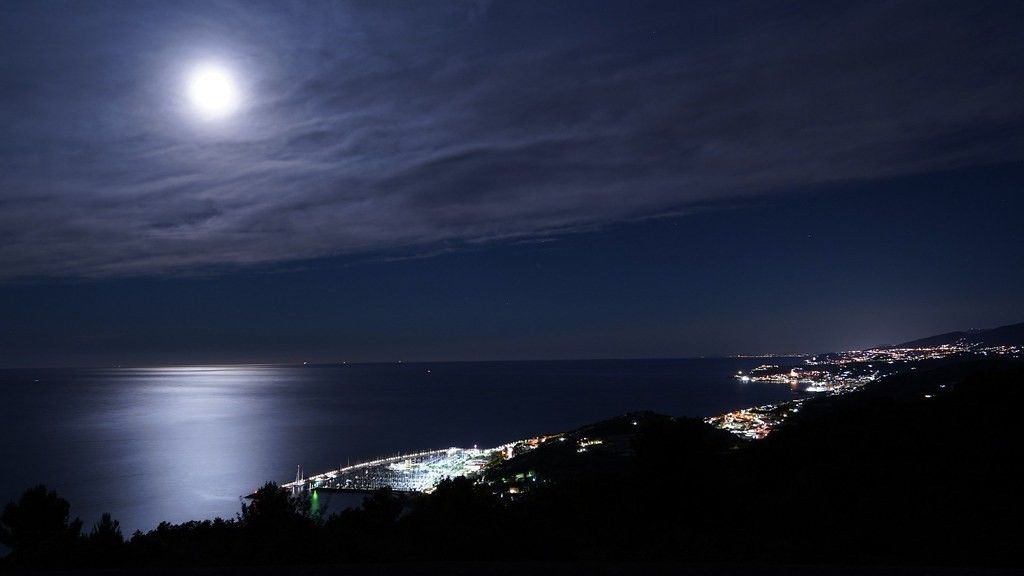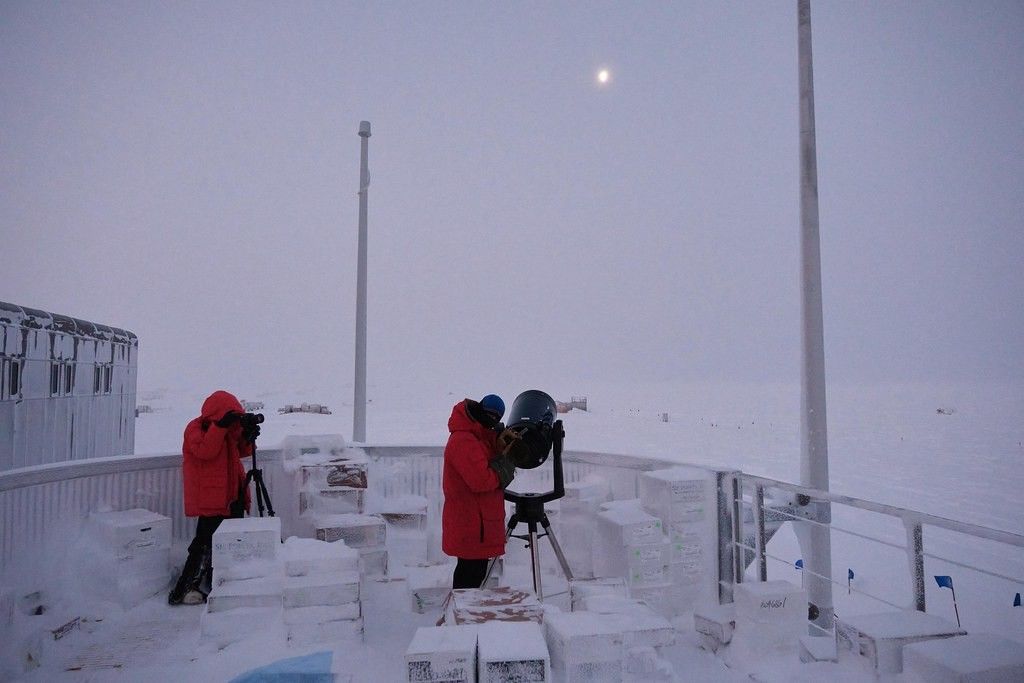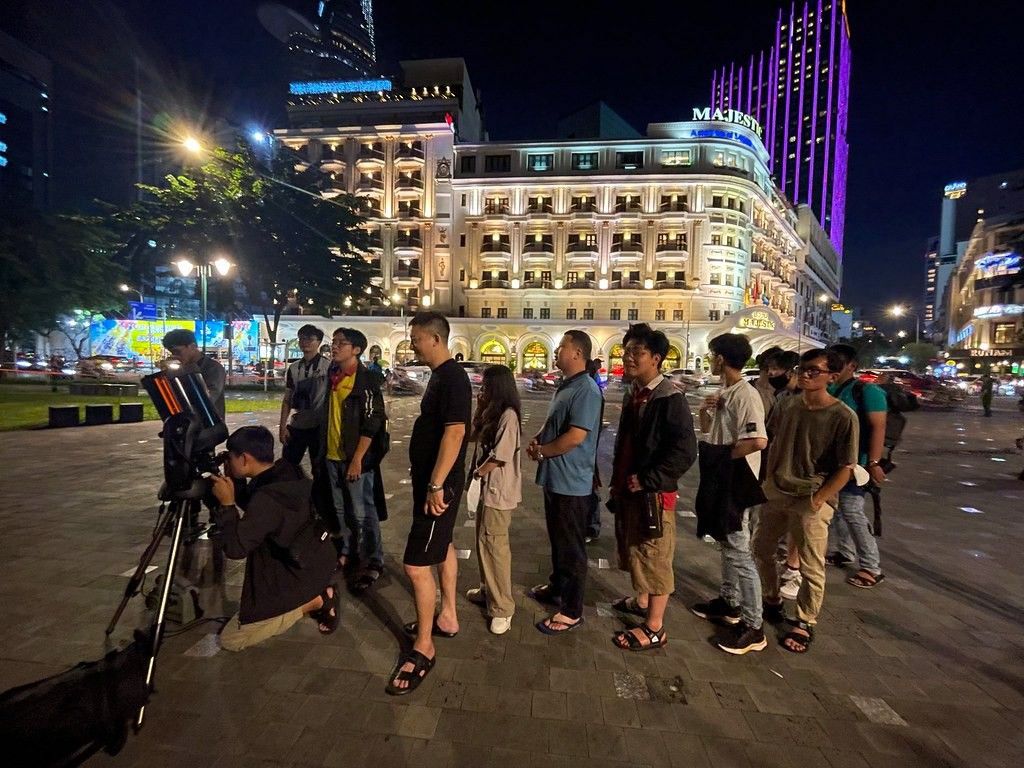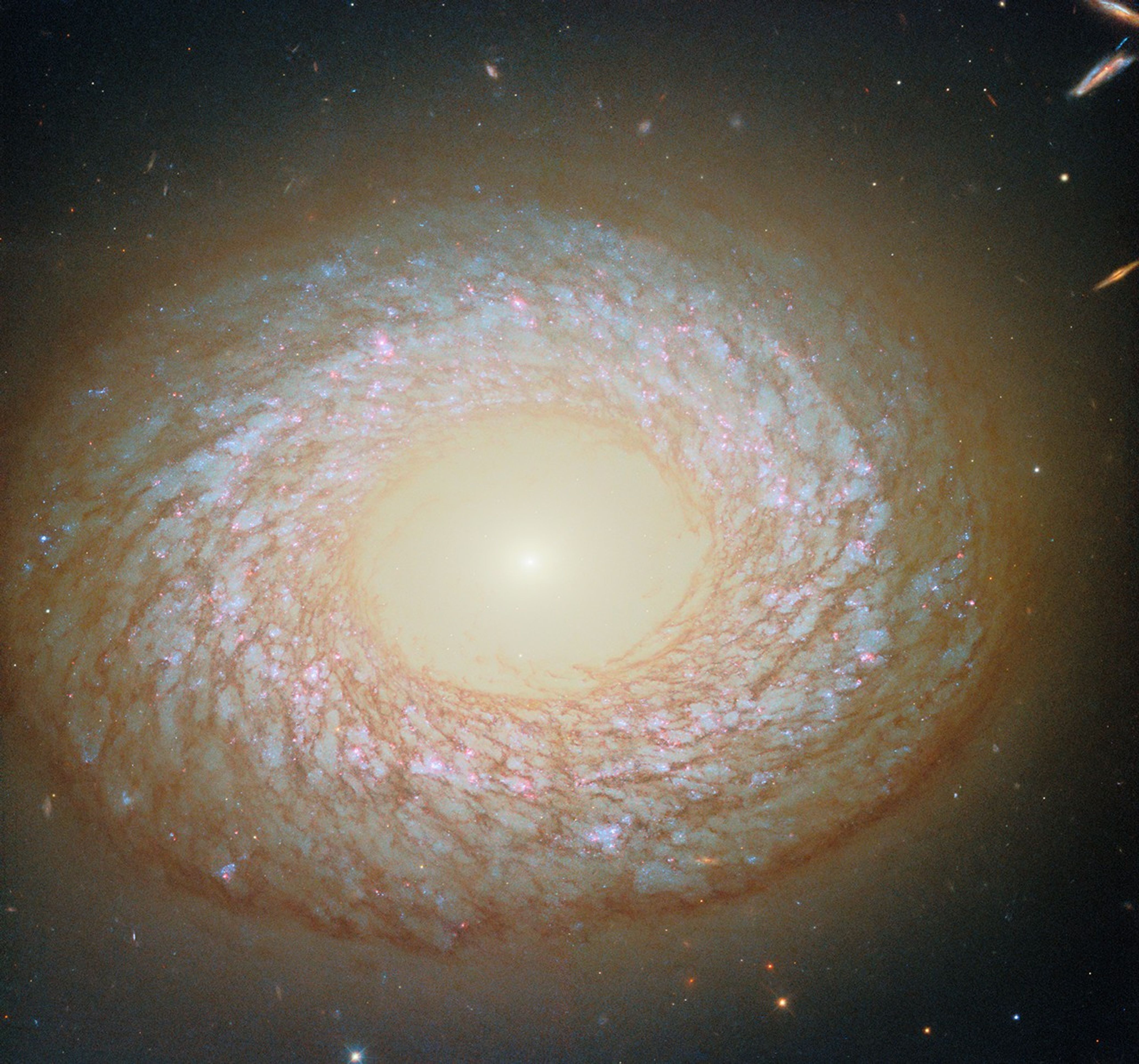Join NASA on Oct. 4 in Looking Up, Celebrating Moon
- NASA invites observers from around the world to join them on October 4 for the International Observe the Moon Night, a celebration of the inspiring bond between Earth and the Moon.
- The event offers an opportunity to share in NASA’s preparations for Artemis II, a mission launching in early 2026 that will send four astronauts on a nearly 10-day flight past the Moon and back.
- On October 4, the Moon will be in a waxing gibbous phase, making it visible with the unaided eye, binoculars, or telescopes, depending on local weather conditions. Observers can see large, dark patches called “maria” and geologic features such as craters and volcanic domes.
- Participation in International Observe the Moon Night is encouraged through various activities, including backyard viewing, lunar art projects, 3D prints, and attending or hosting events near you. The event also offers an interactive map and tips for viewing.
- Join the global community by registering your event, attending an event near you, hosting an event in your community, checking out a NASA video compilation, connecting online using the hashtag #ObserveTheMoon, and learning about NASA’s Artemis II mission.
2 min read
Join NASA on Oct. 4 in Looking Up, Celebrating Moon
Join observers from around the world on Saturday, Oct. 4, for NASA’s International Observe the Moon Night. This annual event offers an opportunity for earthlings to celebrate the inspiring bond between Earth and the Moon, and, this year, to share in the excitement of NASA’s preparations for Artemis II. Launching in early 2026, the mission will send four astronauts on a nearly 10-day flight past the Moon and back.
On Saturday, the Moon will be in a waxing gibbous phase, with most of its face lit up by the Sun. Given these lighting conditions, viewers will be able to see many interesting sites with the unaided eye, binoculars, or telescopes — depending on local weather. Moon observers will see large, dark patches on the Moon called “maria,” or “seas” in Latin. Thought to be seas of water for much of recorded human history, maria are large, flat plains of solidified ancient lava. This lava erupted from now-inactive volcanoes possibly for billions of years, starting about 4.4 billion years ago when the Moon formed.
Depending on the type of viewing equipment used, some observers will be able to see geologic features such as craters, volcanic domes, and bright swirls on the surface thought to have formed in areas of local magnetic fields. This interactive map, designed specifically for the Moon’s phase on Oct. 4, highlights areas of interest and offers tips for viewing.
From backyard viewing, to lunar art projects, to touching your way around the Moon’s surface through 3D prints, there are many ways to participate in International Observe the Moon Night, which drew an estimated 1.3 million participants from 127 countries in 2024.
Join the global community:
- Register your event, or yourself, and get added to the map of observers.
- Attend an event near you, or host an event in your community.
- Check out a NASA video compilation, available on Oct. 4, to learn about Moon science and exploration plans and to hear from global Moon fans, including NASA astronauts.
- Connect online to share your experience using the hashtag #ObserveTheMoon.
- Learn about NASA’s Artemis II mission.
Media Contact:
Alise Fisher / Molly Wasser
Headquarters, Washington
202-617-4977 / 240-419-1732
alise.m.fisher@nasa.gov / molly.l.wasser@nasa.gov
Lonnie Shekhtman
NASA’s Goddard Space Flight Center, Greenbelt, Md.
301-286-8955
lonnie.shekhtman@nasa.gov










